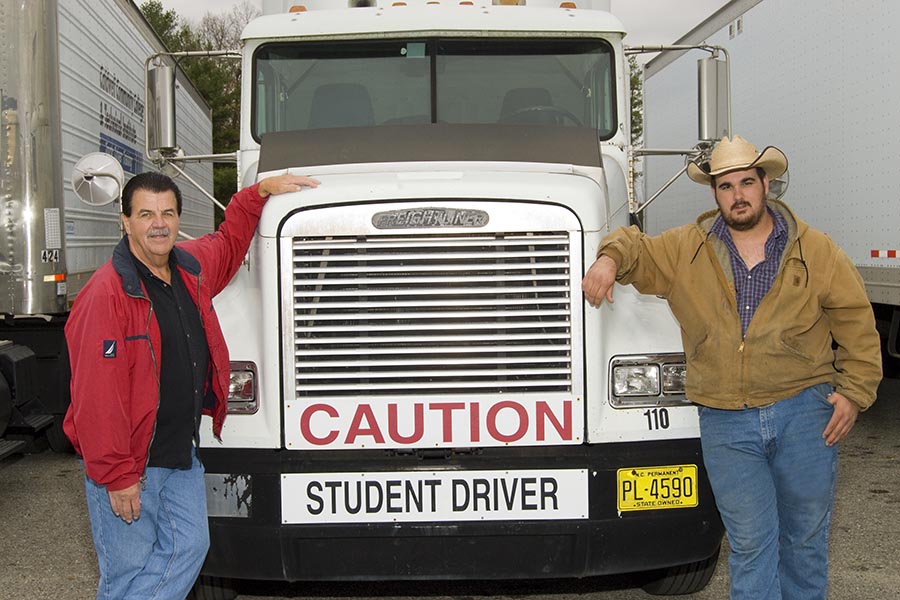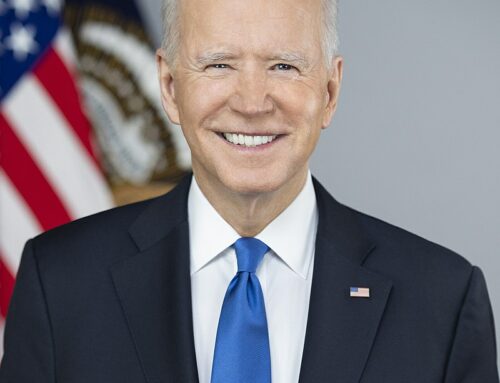The driver shortage is just beginning. The U.S. Department of Labor recently published a provocative report. They asked, “Is the US labor market for truck drivers broken?”
Indeed, the trucking industry faces a tremendous driver shortage.
In 2019, the US shortage spiked from 10,000 to 60,800, according to the American Trucking Association. A recent Bloomberg article forecasts that the current shortage will double. The ATA forecasts a further spike to 160,000 over the next decade.
How did we get here?
First, driving a truck is a hard job. Not a lot of people want to do it. There was a time when driving cross-country was seen as glamorous. Jack Kerouac’s “On the Road “ was an inspiration for a generation of drivers who liked the idea of traveling the country. It fit the rugged individualist ethos of America, particularly from the 1950s to the 1970s.
Second, things began to change with the OPEC oil crisis in 1973. As fuel surged, truck driving became more expensive. While the costs would eventually be borne by the consumer, it added stress and uncertainty. In addition, the wave of deregulation created by the 1980 Motor Carrier Act created growth in trucking, because it allowed free markets to set prices for trucking routes. Demand increased, but there was no reason for supply to increase at a comparable level. This deregulation is what spawned billion-dollar trucking companies like J.B. Hunt, Schneider, and YRCW. It also strained capacity.
Third, Americans became accustomed to better lifestyles. The economic growth of the last 60 years created better opportunities for the majority of Americans, as Kennedy’s “rising tide lifted all boats.” Today, the idea of driving long-haul, and sleeping in a cab, truckstop, or motel for 15–20 nights a month, just doesn’t hold the same level of appeal, particularly for people that have alternatives.
In addition, studies have shown a curious relationship between construction and truck driving. The two sectors draw on the same pool of labor. As a result, when real estate and construction is doing well, labor dries up for truck drivers. After a decade of economic growth and construction expansion, the universe of truck drivers is particularly strained. These are all factors contributing to the driver shortage we face today.
What can we do about this looming problem?
I would highlight two solutions to the driver shortage.
First, the most immediate step trucking companies can take is to increase driver salaries. This is already starting to happen.
At Walmart, entry-level drivers are now earning record salaries of $86,000. Fully-loaded to reflect the cost of benefits, this costs Walmart over $100,000 per year.
However, raising prices isn’t a panacea. Indeed, trucking is already in a recession. Further cost increases pose a dire threat to trucking companies, which have faced a shocking spike in bankruptcies this year. See this Freightwaves article for a list of 9 trucking companies that have gone bankrupt thus far in 2019, wiping out over 3,000 drivers’ jobs.
Is it a coincidence that trucking stocks have plummeted, and companies like Knight, Werner, ArcBest and YRC are trading at 6x, 5x, 4x, and 3x EBITDA, respectively?
Second, the longer-term solution is technology. As labor becomes more expensive, technology becomes more competitive. Will 2020 be the year when autonomous trucks gain traction?

Driverless truck – the future of transportation technology?
McKinsey estimates that full automation of trucks could slash operating costs by as much as 45% in the next decade, saving the industry over $100 billion. Clearly this would also eliminate the driver shortage, too. Benefits include:
- Two-truck platooning — yielding 1% savings due to fuel improvement
- Driverless platooning — enabling “follower trucks” to drive unmanned, producing an additional 10% savings
- Constrained autonomy — allowing unmanned trucks to operate in geofenced areas, garnering 20% savings
- Fully-autonomous trucks — eliminating drivers for all functions including loading, driving, and delivery, and achieving a full 45% saving
Are these Panglossian projections, or are they realistic? In Australian mines, Komatsu has been operating driverless construction vehicles for years, and just delivered 41 new trucks to BHP Billton’s iron ore mine in Pilbara, for a deal that could ultimately be worth close to $1 billion. On the passenger side, Intel is launching a fleet of 100 self-driving cars. And in the tractor market, John Deere is already trialing autonomous vehicles. Autonomous vehicles are coming faster than you may think!
On US highways, skeptics may say that autonomous vehicles are not ready. They are right. However, incremental progress is already developing. Peloton, for instance, is providing companies with machine-to-machine communication that allows trucks to draft off one another in sequence like bicycles in a race. When the first truck brakes, the second, third, and fourth trucks can follow in lock step.
In the long run, technology may solve the truck driver shortage problem. But in the short run, we still need to find solutions, or our entire economy will pay the price.
Benjamin Gordon is an entrepreneur, advisor, and investor for companies in transportation, logistics, and supply chain technology. Benjamin is the CEO of Cambridge Capital and BGSA. He is a published author at Data Driven Investor, Fortune, Modern Distribution Management, SupplyChainBrain,and CNBC. He hosts BGSA Supply Chain, the industry-only CEO-level conference for all areas of the supply chain. Benjamin graduated from Harvard Business School and Yale College.










